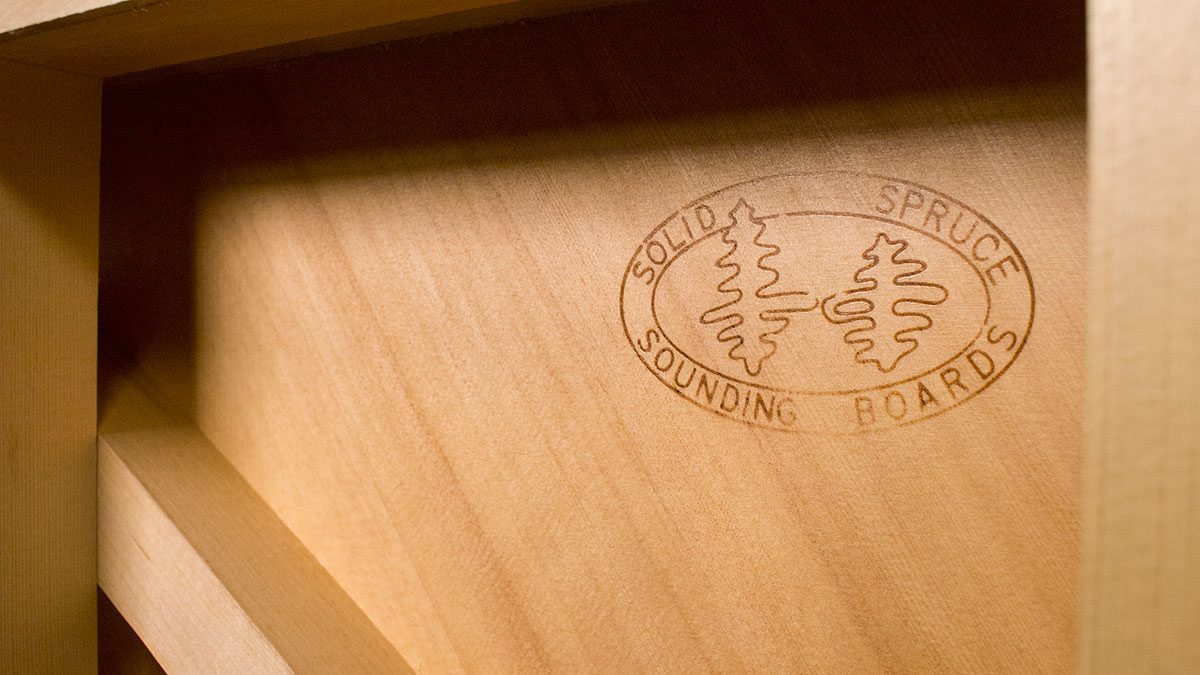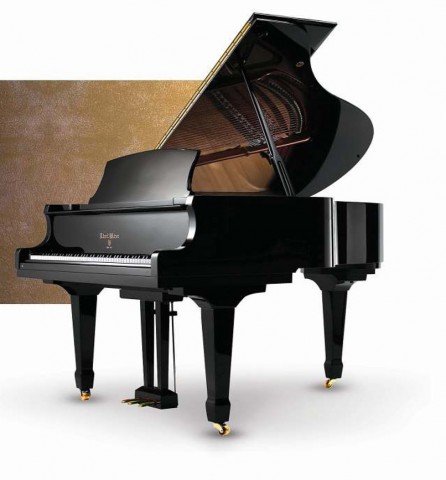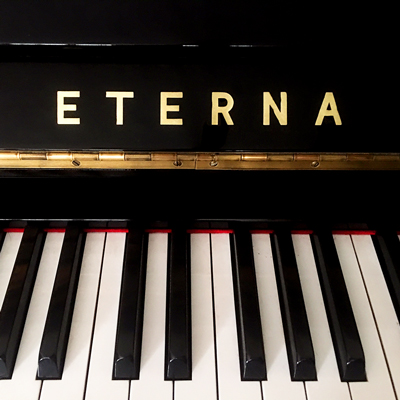

Gravity assists the hammer back down, and the action contains a special repetition spring.

Grand pianos have an action with hammers resting beneath the keys. Grand pianos can be referred to more accurately as horizontal pianos, wheres as upright pianos are-well-vertical. What is the obvious difference between a grand and upright piano? Fundamentally, it is the placement of the strings in relation to the keyboard. Artists who reside in small European flats with very limited floorspace will often have a Steinway B (7’) or even a D (9’) in their “living” space. For the professional pianist, an upright would never be an option.

Grand pianos are not quite as common, but many living rooms thoughout the world have a grand piano, despite its largest real estate.

Upright pianos, however, are ubiquitous in the aging households of baby boomers and millennial alike, because of their affordability, small footprint, and musical charm. Few have ever seen, heard, or performed a piece on a square piano. Today, square pianos are largely alien to most people. Grand pianos and square pianos existed from the beginning, but upright pianos did not emerge in popularity until the end of the 19th century. Ultimately, it was this clavichord-based design that won in popularity with middle-class people, while the English and French manufacturers, such as Broadwood and Pleyel, started producing grand pianos in the traditional, harpsichord shape. Cristofori’s first “pianofortre” was based upon the design of a harpsichord, and German manufactures such as Stein and Silberman initially produced “square” pianos based on the design of the clavichord. These instruments, pantaleons, were the descendants of the clavichord. The first occurrence of piano-like instruments occurred in treatises from the 15th to 18th century. Modern acoustic pianos come in two configurations: grand and upright.


 0 kommentar(er)
0 kommentar(er)
